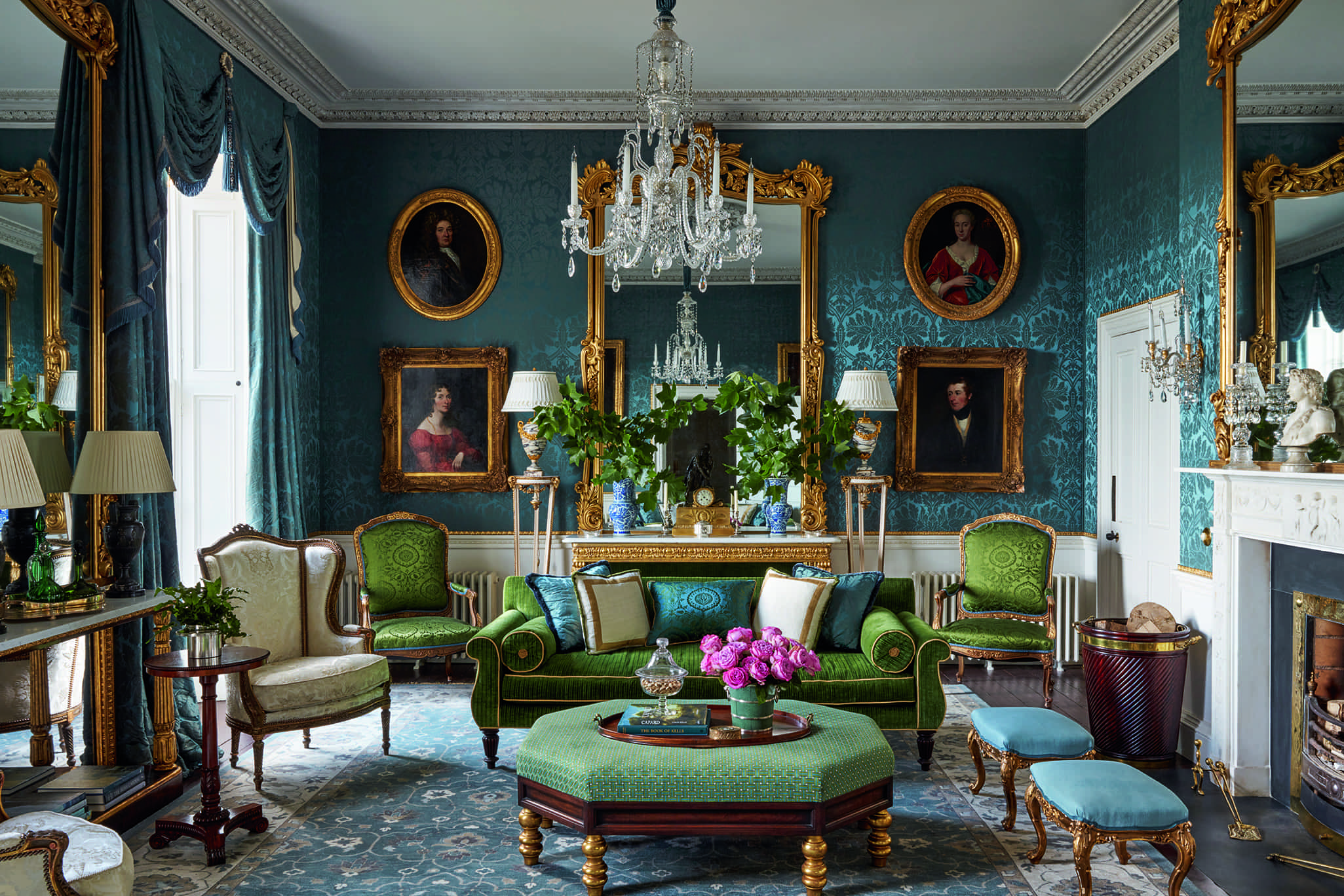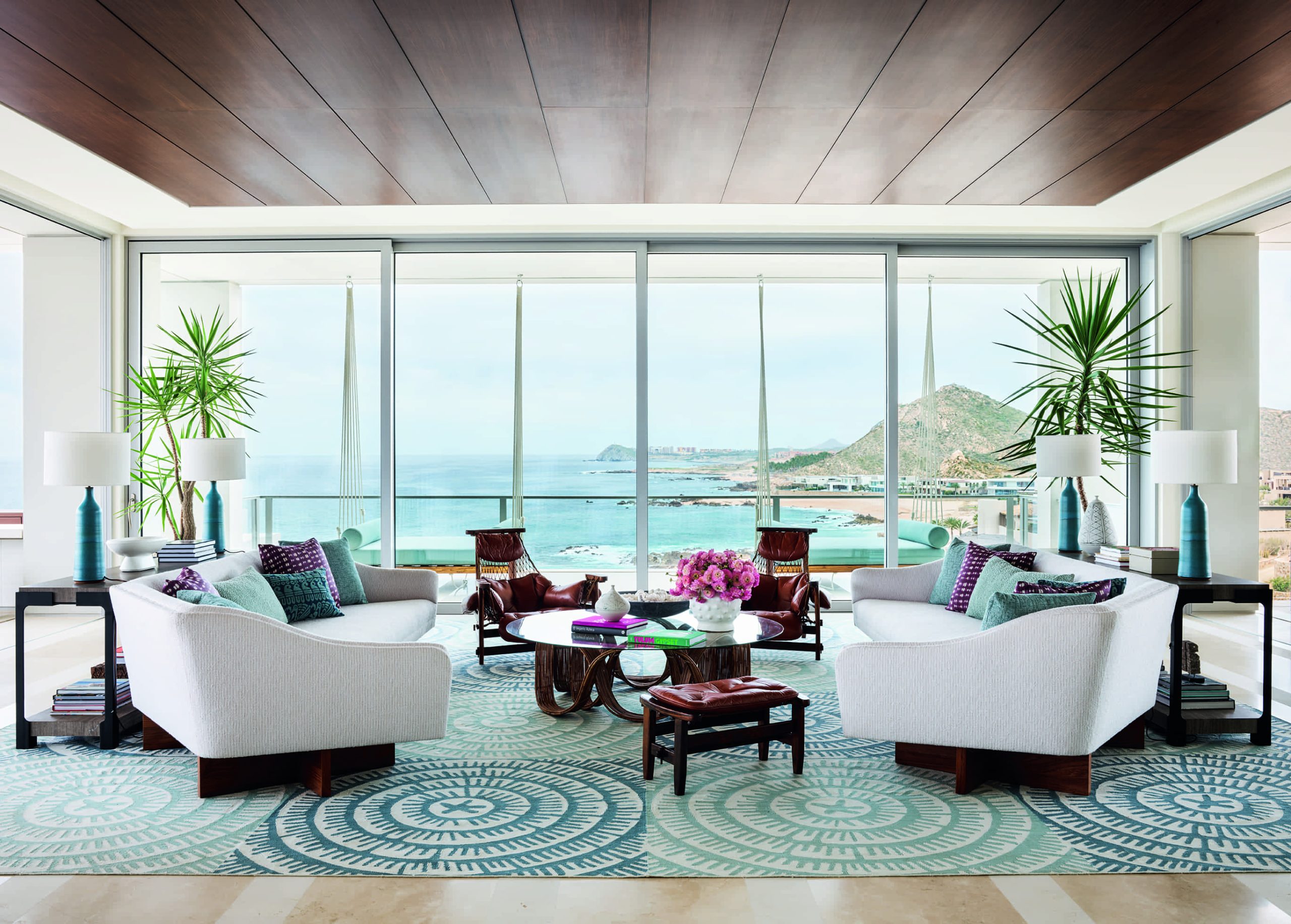Capard House
In recent years I have been captivated by Ireland’s magic, its beauty, and its eclectic architecture especially that of the eighteenth-century, when the Classical Revival style swept the country and aristocrats and wealthy merchants built magnificent edifices for themselves.




























With a fascinating history, entwined with local aristocrats, rebellion, romance, and intrigue, the house is filled with personality.
Longtime, beloved clients of mine also became entranced with this enchanted land, and purchased a distinguished Georgian country manor and demense known as Capard House. Luckily for me, I got the job to decorate it. A true labor of love, the restoration of this beauteous property took three years to complete, from replacing the floorboards to searching the auction houses of the world to find and return Irish antiques to their motherland and furnish the rooms of this elegant Palladian-inspired house.
With a fascinating history, entwined with local aristocrats, rebellion, romance, and intrigue, the house is filled with personality. The heart of the home is the kitchen, where original eighteenth-century stone block floors are heated by a giant double Aga cooker, and thick plastered walls provide the backdrop to a dresser stacked, as in its original day, with ironstone platters and jugs, teacups, and copper cookware. A seventeen-foot-long eighteenth-century Irish refectory table (found in Los Angeles!) creates a warm and welcoming casual dining space.
The entrance hall is the perfect invitation into the home. Inspired by the print room at Castletown House in County Kildare, the walls are painted a dove gray and decoupaged in with eighteenth-century Irish scenes depicting local landmarks, architecture, and pastoral views, all of which were sourced from the historic library at Birr Castle in County Offaly by decorative artist Nat Clements. He also hand-painted the spectacular murals on the dining room walls, a romantic interpretation of the view from Capard that captures the Slieve Bloom Mountains alongside local follies and ruins.
The drawing room centers on the only original furniture pieces left in the house: three large mirrors made in Dublin around 1820. Deep Prussian-blue silk damask hangs on the walls, and rich forest-green velvet and silk cover the upholstery. From the custom de Gournay hand-painted wallpaper in the library to the butter-yellow paint in the great hall, every detail was carefully researched to match the style, tone, and nature of the original decoration. For the exterior, stunning landscaping was undertaken to reveal the folly, lake, walled garden, and classical lawns around the estate. My clients installed a topiary garden, and have increased the land holding to its original size and scale.
This magnificent property is a testament to passion and determination— and shows how a grand house can also be a warm and inviting environment for a family in the twenty-first century.


